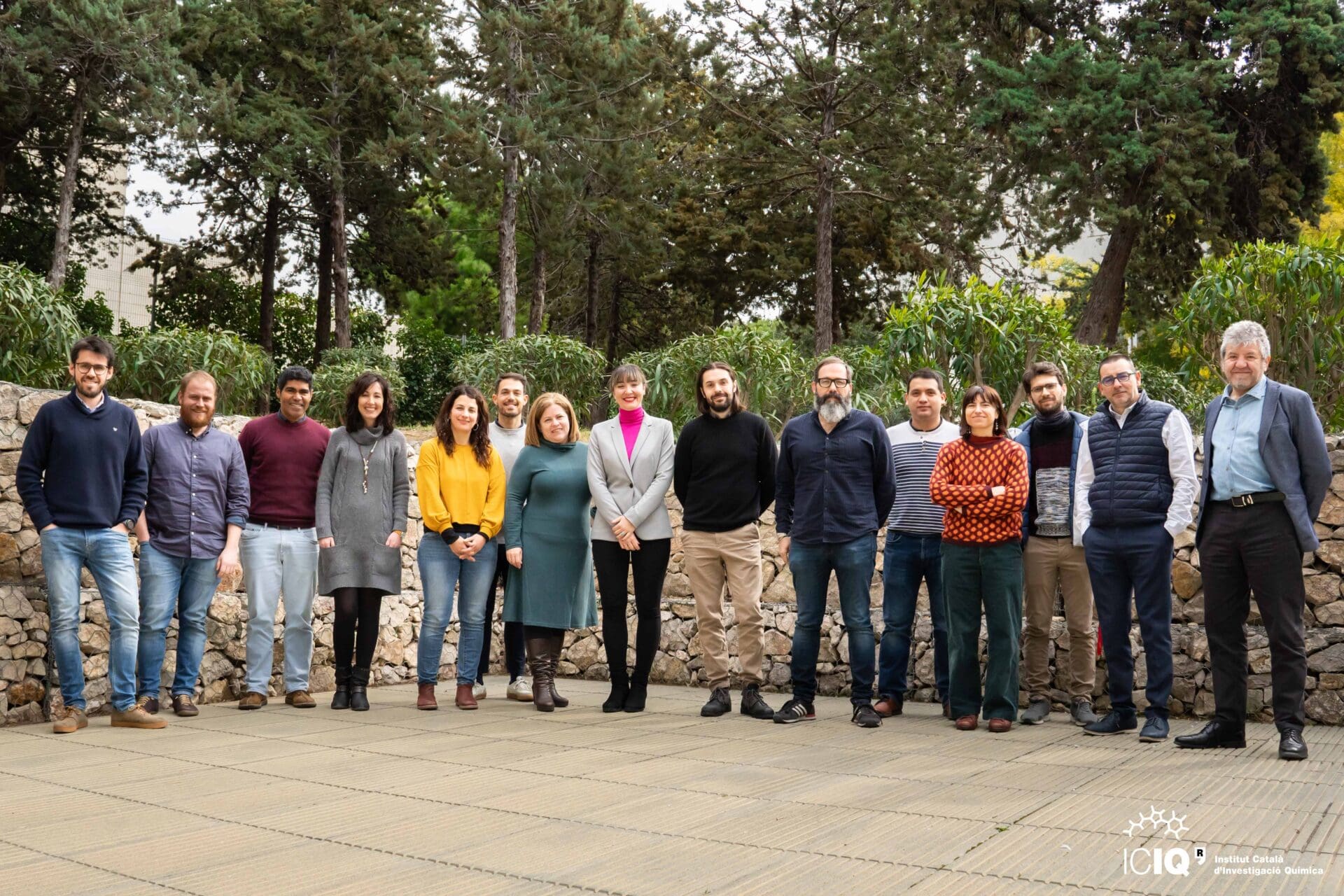Underscoring the potential of cucurbit[n]urils as artificial active sites for useful organic chemistry reactions
A study by ICIQ researchers highlight the potential of cucurbit[7]uril to emulate specific aspects of enzymatic catalysis by acting as an “entropy trap” Researchers from the groups of Prof. Pau Ballester and Prof. Marcos G. Suero underscore the potential of cucurbit[n]urils (CB[n]s) as artificial active sites. This work has been recently published at Chemical Science […]
A study by ICIQ researchers highlight the potential of cucurbit[7]uril to emulate specific aspects of enzymatic catalysis by acting as an “entropy trap”
Researchers from the groups of Prof. Pau Ballester and Prof. Marcos G. Suero underscore the potential of cucurbit[n]urils (CB[n]s) as artificial active sites. This work has been recently published at Chemical Science journal and highlight the potential of cucurbit[n]urils to mimic certain facets of enzymatic catalysis.
The results showed that cucurbit[7]uril (CB[7]) was unique in preorganizing tertiary furfuryl amines in a reactive conformation capable of accelerating their intramolecular Diels-Alder (IMDA) reactions.
In this research article, we demonstrated that CB[7] accelerates the IMDA reactions of tertiary furfuryl amines, molecules that were previously elusive and unreactive. These acceleration factors find their roots in entropic terms as CB[7] acts as an “entropy trap”
Dr. Karen de la Vega, postdoctoral researcher and first author of the work.
Cucurbit[n]urils, hula-hoops at the nanoscale
CB[n]s are composed of glycoluril units linked together by methylene bridges, where n represents the number of recurrent units in the ring. These ring-shaped molecules are becoming versatile biomimetic receptors. Owing to the hydrophobic nature of the CB[n]s’ cavity and their water solubility, they are excellent hosts for the binding/inclusion of organic molecules of reduced polarity.
CB[n]s have been used as molecular vessels for several type of reactions, as in the case of Diels–Alder (DA) reactions. DA reactions are enormously useful in organic synthesis as ring-forming reactions since a diene combines with a dienophile to give a six-membered ring, a cyclohexene.
Investing in entropy, CB[7] acting as an “entropy trap”
In the intramolecular version of DA reactions, both the diene and the dienophile are part of the same molecule. This characteristic increases the effective concentration of the reactive sites, causing a reduction of the activation entropy. However, having both reactive sites in the same molecule does not guarantee the preorganization for the transition state of the IMDA reaction, or that the more populated conformers of the molecule locate the diene and the dienophile groups in close spatial proximity.
In the case of the study presented by the ICIQ researchers, CB[7] uses guest-binding to primarily pay the entropy penalty for reorganizing the substrate in a high-energy reactive conformation that resembles the geometry of the highly ordered transition state required for the IMDA reaction, mimicking a typical behaviour of enzymes.
This work has received funding from the European Union’s Horizon 2020 research and innovation programme under the Marie Skłodowska-Curie grant agreement No. 801474, the Ministerio de Ciencia, Innovación y Universidades/Agencia Estatal de Investigación (MICIU/AEI/10.13039/501100011033; PID2020-114020GB-100), the Severo Ochoa Excellence Accreditation 2020-2023 (CEX2019-000925-S) and AGAUR (2021SGR00851). The authors also thank CERCA Programme/Generalitat de Catalunya and ICIQ Foundation for financial support.
Reference publication
Investing in entropy: the strategy of cucurbit[n]urils to accelerate the intramolecular Diels–Alder cycloaddition reaction of tertiary furfuryl amines
de la Vega-Hernández, K.; Suero, M. G.; Ballester, P.
Chem. Sci. 2024, DOI: 10.1039/D4SC01816H.
Related news

Let's create a brighter future
Join our team to work with renowned researchers, tackle groundbreaking
projects and contribute to meaningful scientific advancements







 30-10-2024
30-10-2024 


















